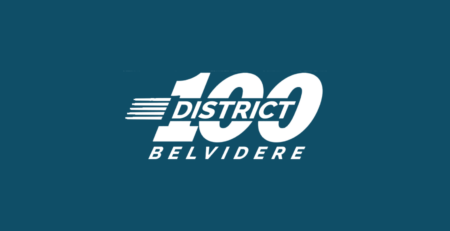
Photo by NeONBRAND on Unsplash
In Amanda’s second year as a principal in Dallas, she knew she needed to make parent engagement a priority. She’d returned to the school district she’d originally taught in after finishing her master’s degree, and she realized that engaging the parents and families of her students would be key to making her campus the best it could be.
“I realized I was only hearing from parents who were upset or had issues or weren’t happy, and I realized they didn’t really know me or what I valued, and we hadn’t had enough time to get to know each other on a different level,” she said about the realization that it was time for her to get to know her families better and vice versa. “My first year I was thinking about things that I thought I should do as a principal and I wasn’t asking them what they wanted.”
She knew she needed to start hearing from parents, and not just communicating information to them. She ended up inviting a parent to coffee and having a long conversation that led to a deeper understanding about what parents wanted out of the school leadership team. “She kind of told me everything that parents were thinking, what they wanted… and it was totally different than what I thought they wanted,” she said. “I really needed them to tell me how they wanted to be involved,” she said, which led to the formation of VIP, her parent and family group that met once a month on the first Friday of the month. She credits the group to building a lot of trust between her and the parents of her students. “I was at every meeting. I facilitated and planned every meeting, [and] I think that was a huge turnaround…. Teachers would see parents more often…[and] It was a really great way to build community and get parents in the school.”
The formation of the VIP group become an integral part of her parent engagement strategy.
Parents could then lean in on events and communication that helped everyone feel a deeper sense of satisfaction with the school. Their parent satisfaction survey went up 22% by the end of the year, and student achievement scores rose as well. “I was just happy,” she said. “As a principal, you’re the person they want to talk to when there’s an issue…The more you can proactively have communication with parents and have that communication beforehand before it bubbles up saves you a ton of time and emotional distress.”
And, in the end, it not only led to happier parents, but she feels like it was directly connected to some of the growth she saw in students as well. “I think that was huge in terms of academic outcomes. Overall 25% more students met or exceeded their goal that year,” she said, when results came on the school’s MAP testing.
When she thinks about what a tool like Possip could have done, she’s quick to say: “I wish I’d had that as a principal. A lot of the things that I would do or was sending —creating a survey, figuring out the questions, sending it out, disaggregating all the data and feedback—[it] takes so much time. And I didn’t have time to do it as frequently as I wanted to.”
As a Possip teammate now, she recognizes the power of a tool like Possip to support principals and teachers in gathering feedback, praise, and questions in an efficient way. And, one of the key factors she appreciates is the way in which it can help schools tackle problems before they get any bigger. “The little things that parents are concerned about, you get ahead of them. Before you get frustrated about the car line, you can fix it right away.” It’s this type of proactive communication that makes Amanda excited about Possip and the possibilities it presents to schools and families across the country.




